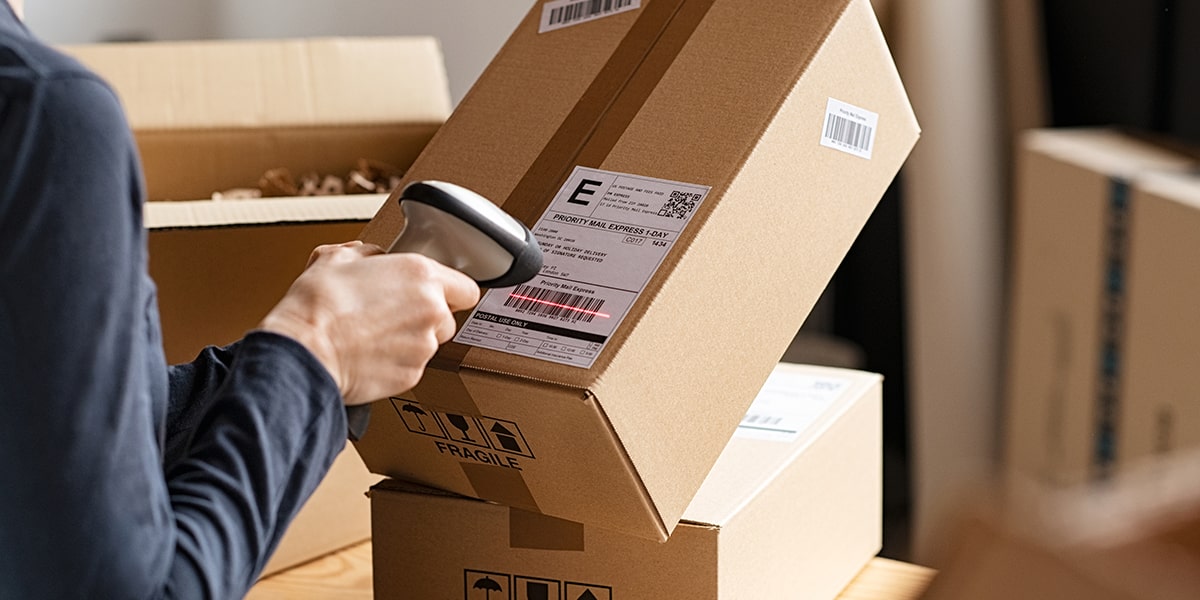Spill Resistance Testing of Packaging Containers
In today’s highly regulated consumer products and product safety testing sector, ensuring that packaging containers perform as expected under real-world conditions is paramount. Spill resistance testing evaluates the ability of a container to retain its contents when subjected to various spillage scenarios. This service ensures compliance with international standards such as ISO 15836:2017, which provides guidelines for the determination of leak and overflow resistance in packaging containers.
The testing process involves subjecting the packaging container to simulated spill conditions that mimic real-world situations it might encounter during storage or transportation. These simulations can include tilting the package at various angles, applying external pressure, and even subjecting the package to dynamic impacts. The goal is to assess whether the container maintains its integrity under these stressors.
For quality managers and compliance officers, this testing ensures that packaging meets regulatory requirements and performs as expected in consumer hands. For R&D engineers, it provides valuable feedback on material choices and design iterations. Procurement teams can use these test results to make informed decisions about vendor selection and product specifications.
The primary apparatus used for this testing includes specialized spill simulators capable of replicating different types of spills. These devices allow for the systematic application of stressors that mimic real-world conditions, ensuring accurate and reliable outcomes. The testing protocol is designed to be repeatable and reproducible, providing consistent results across multiple trials.
Acceptance criteria are critical in determining whether a packaging container passes or fails this test. Typically, containers must retain at least 90% of their contents after being subjected to the spill scenarios outlined in the standard. Any leakage exceeding this threshold would indicate that the package does not meet regulatory standards and may need redesign or material adjustments.
Real-world applications of this testing are vast. Retailers require leak-resistant packaging containers to protect consumer goods from damage during transit, ensuring customer satisfaction and brand loyalty. In pharmaceutical manufacturing, spill resistance is crucial for maintaining product integrity and safety. Food and beverage companies also rely on robust spill protection to preserve the quality and freshness of their products.
Understanding the parameters involved in this testing can help stakeholders make informed decisions. For instance, a container designed for use in hot climates might need additional reinforcement to withstand higher temperatures and potential spills. Similarly, containers intended for children's toys must be tested rigorously to ensure they do not pose a choking hazard if they spill or break apart.
The process of preparing specimens for testing involves careful selection based on the product type and expected environmental conditions. Proper specimen preparation ensures that the test reflects real-world scenarios accurately. This includes choosing appropriate materials, sizes, and shapes that best represent the intended use of the packaging container.
Scope and Methodology
The scope of spill resistance testing encompasses a range of conditions designed to evaluate how well packaging containers can maintain their contents under various stressors. This includes tilting at different angles, applying pressure, and even subjecting the package to dynamic impacts.
- Tilting Tests: Packages are tilted at specific angles (typically 20°, 45°, and 90°) to simulate how they might behave during storage or transportation. This helps assess their stability and potential for spills.
- Pressure Testing: External pressure is applied to the container to ensure it can withstand typical environmental pressures without leaking.
- Impact Tests: Packages are subjected to controlled impacts to evaluate their structural integrity during transit or handling.
The methodology for this testing involves careful preparation of the specimens, ensuring they represent the intended use as closely as possible. The apparatus used includes specialized spill simulators that can apply these various stressors in a controlled environment.
Once the containers have been subjected to the specified conditions, the contents are inspected for any signs of leakage or overflow. Acceptance criteria dictate that packages must retain at least 90% of their contents after being subjected to these tests. Any package failing to meet this criterion would need further analysis and potential redesign.
Industry Applications
- Packaging for Pharmaceuticals: Ensuring that medication containers are spill-resistant is critical for maintaining the integrity of the product and preventing contamination.
- Beverage Packaging: Spill resistance testing helps protect beverages from spoilage during transit, ensuring freshness upon delivery to consumers.
- Toys and Children's Products: For toys designed to be played with, spill resistance is crucial for safety and maintaining product quality.
- Food Packaging: Preventing spills in food packaging helps maintain the product’s nutritional value and appeal to consumers.
The results of these tests are essential for manufacturers and retailers alike. They provide valuable insights into how well a package will perform under real-world conditions, helping to avoid potential issues that could lead to customer dissatisfaction or regulatory non-compliance.
Customer Impact and Satisfaction
The impact of spill resistance testing on packaging containers is significant in terms of enhancing product safety, quality, and consumer satisfaction. By ensuring that packages can withstand various stressors without leaking or spilling their contents, this service helps manufacturers produce safer products.
For retailers, reliable packaging means fewer returns due to damaged goods. This not only saves time and resources but also enhances customer trust and loyalty. In the case of pharmaceuticals, maintaining product integrity ensures that medication reaches consumers in its intended form, reducing the risk of ineffective treatment or contamination.
R&D engineers benefit from this testing by receiving feedback on material choices and design iterations, allowing for continuous improvement in packaging performance. Procurement teams can use these test results to make informed decisions about vendor selection and product specifications, leading to more efficient supply chains.
The ultimate goal of spill resistance testing is to create products that meet both regulatory standards and consumer expectations. By focusing on quality and safety, this service plays a vital role in protecting consumers and maintaining brand reputation.





